Discover Where to Go Scuba Diving in the Canary Islands
The Canary Islands are one of the most fascinating destinations in Europe for scuba diving enthusiasts. Their warm waters, ranging between 17 and 25 degrees throughout the year, offer exceptional conditions for diving in any season.
Moreover, the clarity of the water, with visibility reaching up to 50 metres in some areas, allows for a full appreciation of the beauty of the seabed.
Each island boasts unique dive sites: from the volcanic tubes and underwater cliffs of La Palma, to the shoals of fish and caves of Gran Canaria, the El Río Strait in Fuerteventura or the shipwrecks and cetaceans in Tenerife. Geological formations, marine biodiversity, and calm waters make the archipelago an ideal location for both experienced divers and beginners.
Along the Canary coasts, you’ll find specialised centres, diving schools, and guided excursions where you can discover turtles, rays, angel sharks, barracudas, dolphins, and even pilot whales. Diving in the Canary Islands means immersing yourself in a unique natural environment and discovering a silent world full of life and colour.
Scuba Diving in Fuerteventura
Dive into the Depths of Morro Jable Pier
The pier at Morro Jable is one of the most famous dive sites in Fuerteventura. Its seabeds are ideal for beginners thanks to calm waters, warm temperatures, and excellent visibility, even at depths of 10 metres.
On the sandy bottoms around the pier and near the breakwaters, you can spot everything from shoals of grunts and small fish to more eye-catching species like angel sharks, eagle rays, or even sea bream.
In Morro Jable, you’ll find several dive schools offering this underwater excursion. Although it’s an easily accessible site, the dive is carried out by boat.
Diving at Bajón del Río
Located just five minutes from Corralejo Port, in the strait that separates the island from the islet of Lobos, this is one of the most charming diving areas in the Canaries.
Three volcanic formations create a reef that has become a refuge for marine biodiversity. During the dive, you’ll be able to spot species such as gilthead bream, stingrays, white seabream, and amberjacks.
The depth to the sandy bottom is between 15 and 18 metres, with visibility up to around 10 metres. It’s suitable for all diving levels, depending on the conditions of the sea currents.
Discover the Seabed of Caleta de Fuste
Do you enjoy diving? The Castillo Caleta de Fuste area in Fuerteventura offers a perfect spot for both scuba diving and snorkelling. Discover local marine fauna and a seabed rich in ecological diversity.
This small fishing village is known for its calm turquoise waters and volcanic seabeds, where you can dive all year round thanks to pleasant temperatures around 20 degrees throughout the year.
Whether you choose a snorkelling tour or a diving excursion, you’ll encounter species like groupers, parrotfish, and stingrays.
There are several diving centres offering experiences here. Most of these are located at the marina in Caleta de Fuste, with packages available for both experienced divers and beginners, following SSI, PADI, and CMAS/VDST standards, with dives up to 40 metres.
Lobos Island, a Marine Paradise
Want to dive in a paradise? Lobos Island, located just 2 km from Fuerteventura, is a Canarian islet known for its beautiful white sand beaches and crystal-clear waters, which reveal an astonishing marine reserve considered one of Europe’s top diving areas.
The best time to visit the island is in spring and summer, when weather conditions enhance the clarity of its waters and temperatures hover around 23ºC. The best way to get to Lobos Island is by ferry from Corralejo Port in northern Fuerteventura. The trip takes 20 minutes and offers stunning views of both islands.
Beneath the surface, you’ll find lava rock formations mixed with white sand seabeds, underwater caves, and coral reefs. Species you may spot include rays, green turtles, tuna, groupers, and Canarian lobsters, among many others.
You’ll find the Punta Amanay diving centre on the island, which welcomes divers of all levels with dives ranging from 6 to over 40 metres. The top dive sites are mainly located on the island’s east and south coasts. Enjoy the experience!
Scuba Diving in Tenerife
Las Eras – A Diving Area in Tenerife Perfect for All Levels
In the municipality of Fasnia, on the island of Tenerife, you’ll find the perfect place to go diving: Las Eras. An ideal spot to immerse yourself in the marine depths just 25 minutes from our hotels in Costa Adeje: Princess Inspire Tenerife and Guayarmina Princess.
This dive site has three depth levels, making it accessible for all types of divers. The first level ranges from 9 to 12 metres and follows a wall of volcanic rock. The second level leads through tunnels and caves, where you can observe the rich marine fauna of the area, such as octopuses, moray eels, groupers, and even the spectacular black stingray. The third level reaches depths of up to 36 metres and is only suitable for expert divers. On the sandy bottom, you might spot angel sharks or rays.
Discover the Underwater Relic of El Peñón
Off the coast of Tabaiba, in the municipality of El Rosario, lies a true underwater relic: El Peñón. It is a ship sunk at a depth of 30 metres that has become an artificial reef inhabited by garden eels, barracudas, octopuses, cuttlefish, and trumpetfish.
El Peñón was an old tugboat decommissioned in 2005 in the port of Santa Cruz de Tenerife. It was sunk in 2006 after the El Pejín Diving Club convinced the Canary Islands Government to turn it into an underwater museum and revive marine life in the area. A decade later, it’s fair to say the initiative was a complete success.
It’s worth noting that this dive takes place in an area with good visibility and very weak currents, so you don’t need to be an expert diver to visit the wreck.
Adeje – A Submarine Paradise for Diving
The tourist municipality of Costa Adeje, home to our Guayarmina Princess and Princess Inspire Tenerife hotels, offers unique waters for scuba diving.
Here, you’ll have the opportunity to observe a wide variety of marine species such as seahorses, angel sharks, turtles, or even giant squid, all in their natural habitat. Additionally, you’ll find a rich volcanic seabed full of life that will amaze you.
This area hosts small paradises for diving such as El Puertito de Armeñime. This peaceful coastal spot allows diving lovers to immerse themselves in calm, crystal-clear waters alongside large green turtles that have become surprisingly accustomed to human presence. You can also discover the secrets of diving in the protected natural reserve of La Caleta de Adeje. This area ensures not only the preservation of marine biodiversity but also the safety of divers and respect for the marine ecosystem.
Dive in Montaña Amarilla and Be Amazed by Its Colours
Diving in Montaña Amarilla is a visual spectacle. Located in the town of San Miguel de Abona in southern Tenerife, it’s an incredible diving spot ideal for both beginners and experienced divers, where you’ll see unique marine relics in a colourful volcanic landscape.
Here you’ll discover many surprises, such as a white sandy seabed mixed with formations, tunnels, and solidified lava canyons you’ve likely never seen before. At around 10 metres depth lies “El Arco”, a rock formation where you can spot numerous marine species, from octopuses to starfish or hermit crabs.
You’ll have the chance to dive between 5 and 20 metres deep in waters with temperatures ranging from 19 to 25 degrees all year round. Amazing, isn’t it? However, keep in mind that the best months for diving are from April to November, when the tides are calmer and visibility is better.
The dive site is accessible from the shore, though you can also reach it by boat. It’s important to highlight that Montaña Amarilla is a protected natural reserve, so the surrounding environment and marine life must be respected.
Explore Radazul from the Depths
In the municipality of El Rosario, in eastern Tenerife, lies Radazul Beach, known as the meeting point for scuba diving lovers. Some of the reasons for its popularity include its crystal-clear waters and low waves, as well as its easy access and entry to the sea, which also attracts people interested in swimming or snorkelling.
The area, known as Playa del Litoral del Rosario, offers perfect weather conditions for diving at various depths all year round, with a stable water temperature of 20°C. Moreover, it allows people of all experience levels to enjoy diving. The first level begins at 12 metres, ideal for beginners. More advanced divers can enjoy dives up to 40 metres deep.
Scuba Diving in Gran Canaria
Discover the Underwater Lunar Landscape of Gran Canaria
Would you like to discover Gran Canaria’s underwater scenery? The El Cabrón Marine Reserve will give you a truly unique experience.
Located next to the Natural Monument of Montaña de Arinaga, this dive immerses you in a lunar-like landscape. The area was used for lime extraction in the 1950s and has become a true natural underwater monument, thanks to its arches, caves, and cliffs.
One of the best places to dive is the so-called ‘Punta de la Monja’, where you’ll encounter abundant marine fauna such as trumpetfish, rays, or seahorses. With a warm temperature of 21 degrees almost all year round and crystal-clear waters, the area guarantees an unforgettable experience.
La Barra – An Ideal Spot to Begin Diving
Are you new to diving? La Barra at Las Canteras Beach is one of the best places to take your first dive in Gran Canaria. It’s easy to access, has great conditions, and you’ll find an enormous variety of fish during the dive.
Did you know that over 200 different species inhabit this ecosystem? You can spot pompanos, black damselfish, gobies, salema, parrotfish…
La Barra has various heights and is visible from the air. It’s quite common to see people snorkelling in the shallower parts. However, on the back side of the reef, depths of up to eight metres can be reached.
Another interesting fact is that La Barra is a natural reef formed over decades on Las Palmas de Gran Canaria’s main beach, Las Canteras. In fact, the beach is named after the reef itself, which was once a quarry used to extract stone for city construction. Another advantage of diving at La Barra is its location. Along the beach promenade, you’ll find all kinds of shops where you can buy or rent diving gear, as well as bars and restaurants to grab a bite or drink.
Explore Shipwrecks in the Port of Mogán
Just off the coast of Puerto de Mogán lies one of Gran Canaria’s star diving spots. At a depth of 18 metres, you’ll find two shipwrecks – the Alegranza and the Cermona II – separated by a distance of 50 metres.
One of the main attractions of this dive is the chance to explore the bridge and cargo holds of the Cermona II, which rests tilted to starboard on a seabed of sand and small stones. The area’s excellent visibility and gentle currents make it a dive suitable for all levels. Estimated dive time is around 50 minutes.
In this area, you’ll see a wide range of marine species including rays, barracudas, moray eels, and octopuses.
Dive in a Unique Setting at La Catedral Beach
La Catedral is one of the most impressive dive sites in Gran Canaria. Located off the coast of La Isleta, it is an underwater volcanic structure full of arches, domes, and caves.
The dive can be tailored for all levels, with depths ranging from 6 to 45 metres. It’s advisable to plan your dive in advance, as there are various routes available depending on the wave and current conditions.
Access to the dive site is by boat, but as it is located on the northwest side of the island, it’s often affected by waves, so be sure to check conditions beforehand. Beginner divers must always be accompanied here.
Diving at Arguineguín Reef
Located off Montaña Arena Beach, in the municipality of Mogán, is the artificial reef of Arguineguín.
Created in 1991 by the Canary Islands Government, this 700-metre-long reef features four structures that are home to numerous marine species such as shoals of grunt fish, eels, moray eels, angel sharks, or octopuses.
The depth of the site ranges from 20 to 23 metres, with a medium difficulty level and an estimated dive time of 40 minutes. It’s suitable for divers of all experience levels, from beginners to experts, and is perfect for current or drift diving.
Scuba Diving in La Palma
Dive with the Whole Family in Los Cancajos
If you’re travelling to La Palma with your family, you must dive into its fascinating underwater world. If it’s your first time diving, we recommend visiting the Los Cancajos area, on the east coast of the island, very close to the island’s capital. Its easy beach access and rich marine fauna make it an appealing place to dive with both children and adults.
There, you’ll find the Sub La Palma diving school. They offer courses so that the whole family can begin together in this surprising world and get a close look at what lies beneath the waters of La Palma. It starts with pool sessions and dives in the Atlantic Ocean to practise and apply the fundamental skills for diving safely up to a depth of 18 metres.
It’s important to note that this activity is not recommended for children under 10 years of age, and you’ll need three days for the practical portion before heading into the sea with full confidence. Once you’ve completed the training, you’ll be able to dive independently without an instructor. Ready for this fun adventure?
Diving in the Bay of Las Cabras
Scuba diving is one of the many attractions that La Palma has to offer. We invite you, when you visit the “beautiful island”, to also explore the wonders hidden beneath its sea and along its coastlines.
In the southern part of the island, in Fuencaliente—where our La Palma Princess resort is located—you’ll find the small bay of Las Cabras. This natural setting is a spectacular diving spot because of its impressive underwater volcanic landscape.
The entry from the shore is easy, although it can also be done by boat. Once in the water, looking down at your feet, you’ll see an incredible underwater landscape. The visibility is excellent, reaching up to 30 metres thanks to the quality of the waters. In addition to the solidified lava flows, you may even see rays and other marine species from the surface.
When diving with your gear, whether accompanied by an instructor or as an experienced diver with a group, you must visit the caves formed in this bay. You’ll pass through a natural arch formed over the years, a testimony to the volcanic activity that still characterises the island today.
Fancy discovering new underwater landscapes? We’re waiting for you!
Las Cruces de Malpique – An Underwater Cemetery in Fuencaliente
Diving enthusiasts have an experience they simply can’t miss in La Palma: a dive to Las Cruces de Malpique, an underwater cemetery with a tragic history behind it.
The 40 stone crosses that make up the site commemorate the 40 Jesuit missionaries killed by the pirate Jacques de Sores in the 16th century. The brutality of the corsairs was such that, not satisfied with attacking the religious ship, they threw the missionaries into the sea and waited for them to drown.
Las Cruces de Malpique, located in Fuencaliente—the same municipality as the La Palma Princess hotel—lie 20 metres underwater in warm, clear waters. However, this is not an easy dive due to strong currents in the area. That’s why it’s recommended only for experienced divers with their own equipment or those accompanied by professional instructors.
Dive at the Volcanic Beach of El Remo
Want to explore La Palma’s incredible seabed? We invite you to go scuba diving and snorkelling at El Remo beach, located on the west coast of the island, in the municipality of Los Llanos de Aridane. Here you’ll find calm, crystal-clear waters hiding a unique volcanic underwater landscape.
This charming pebble beach, around 150 metres long, was formed by ancient volcanic eruptions that created a stunning landscape both on the surface and underwater—ideal for diving lovers. It features moderate waves, a stable temperature throughout the year, and a very rich marine life, with many native species to observe.
We recommend booking your diving excursions with specialised companies that will guide you through the area and manage any necessary permits.
At El Remo, you can also try the best seafood cuisine, enjoying traditional dishes at its famous beachfront “chiringuitos”.
Dive Among Magnificent Cliffs – La Zamora
La Zamora beach is located in the municipality of Fuencaliente, in the southwest of La Palma. Its strategic location between cliffs makes it one of the island’s best diving spots. It’s sheltered by high rocks, keeping its waters calm most of the time.
This cove sits within La Palma’s marine reserve and is home to a wealth of underwater life. Thanks to its lava and black sand seabed, and the depth of the area, you can observe various species—from sea cucumbers and starfish to octopuses, damselfish, or barracuda.
One of its best features is the water temperature, which always ranges between 19 and 24 degrees, making it perfect for diving in and discovering its fascinating marine world. Furthermore, thanks to the clarity of the waters and moderate wave conditions, visibility is excellent for diving.
Categories: Canaries, Travel Tips

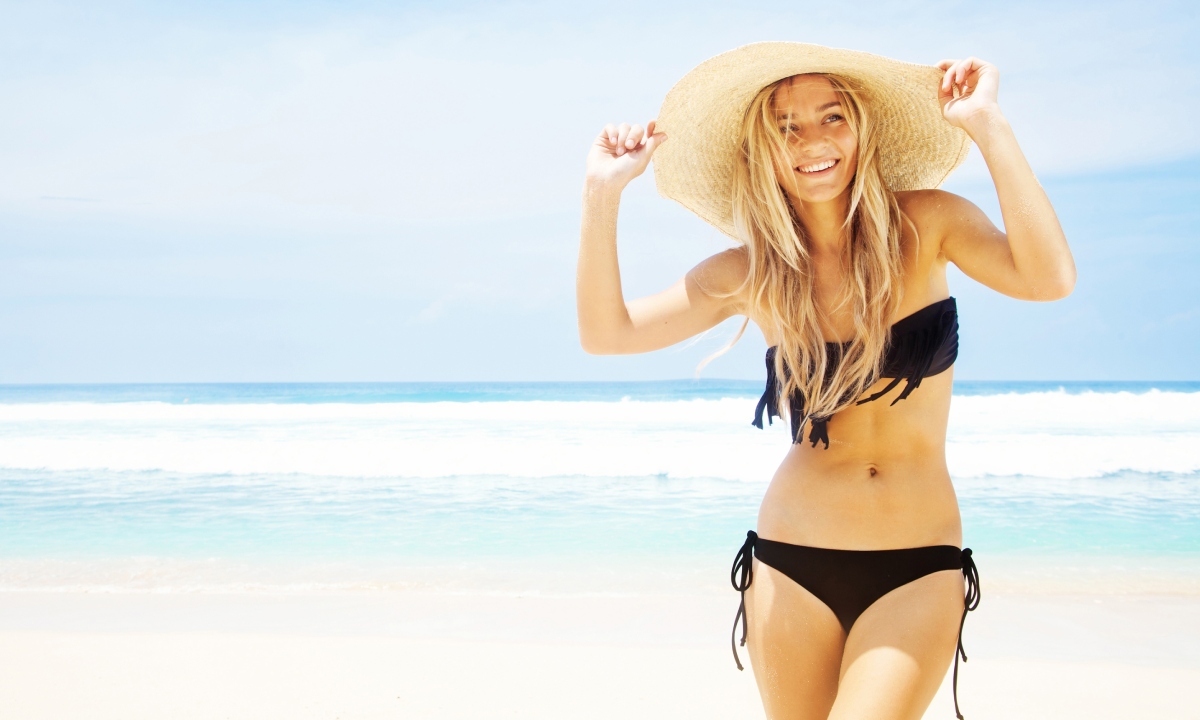


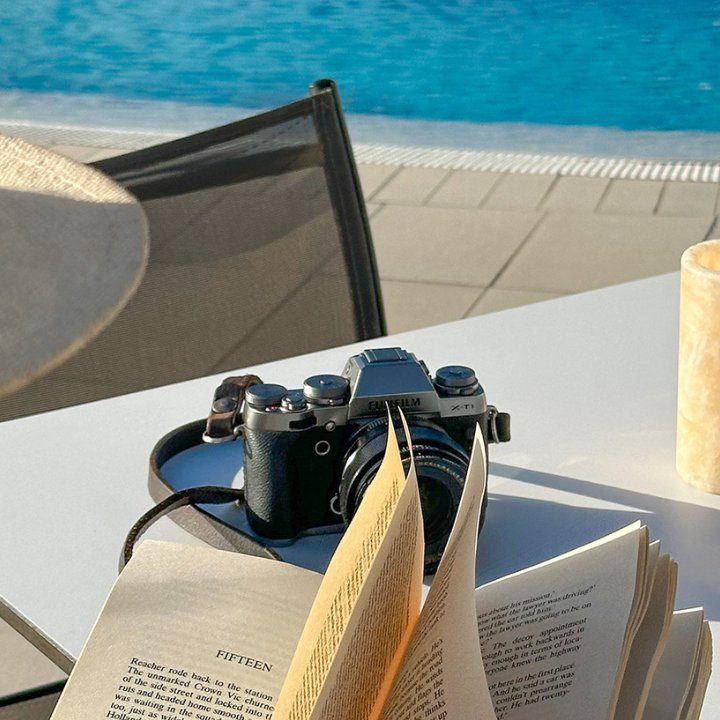

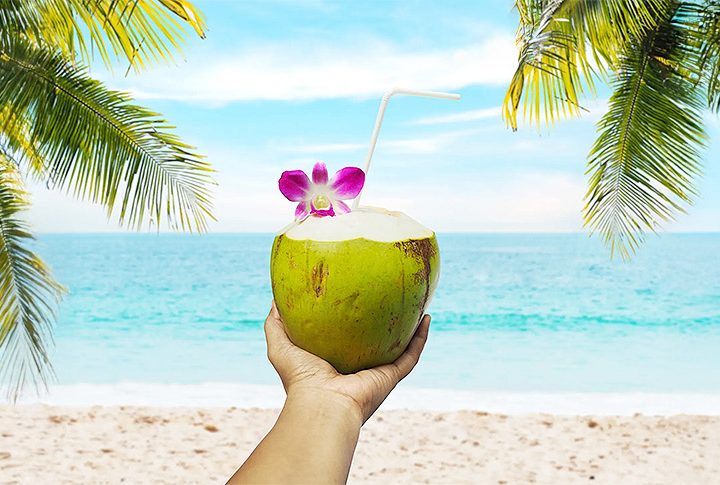

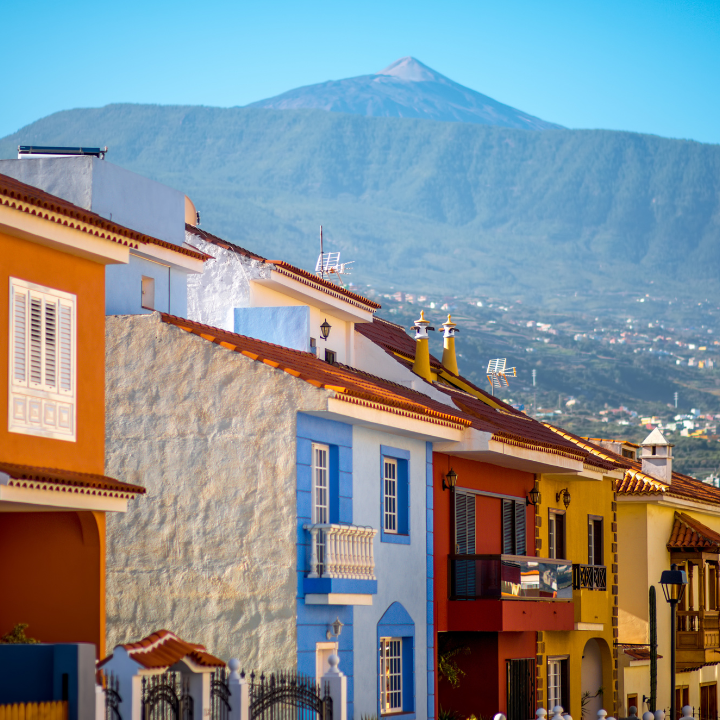






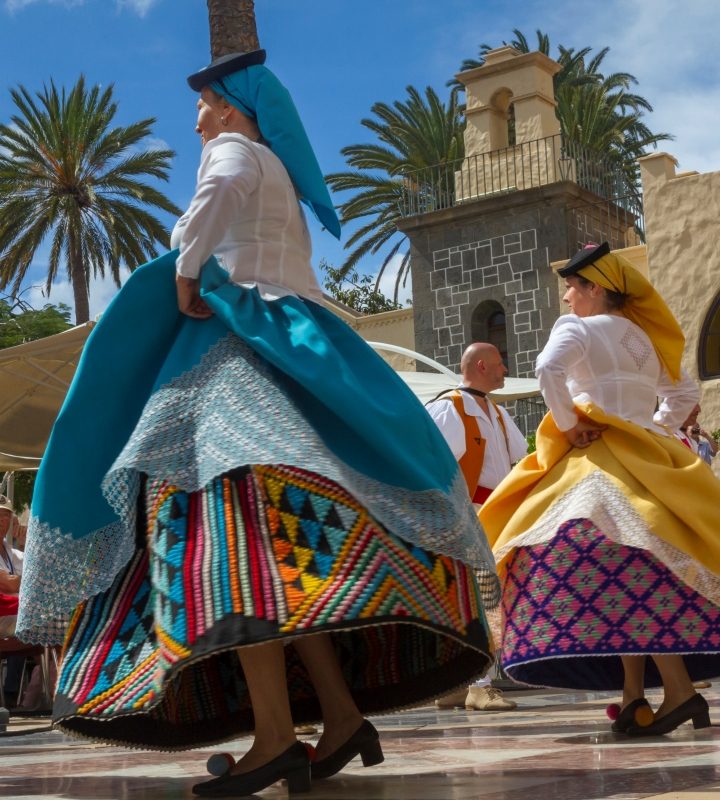



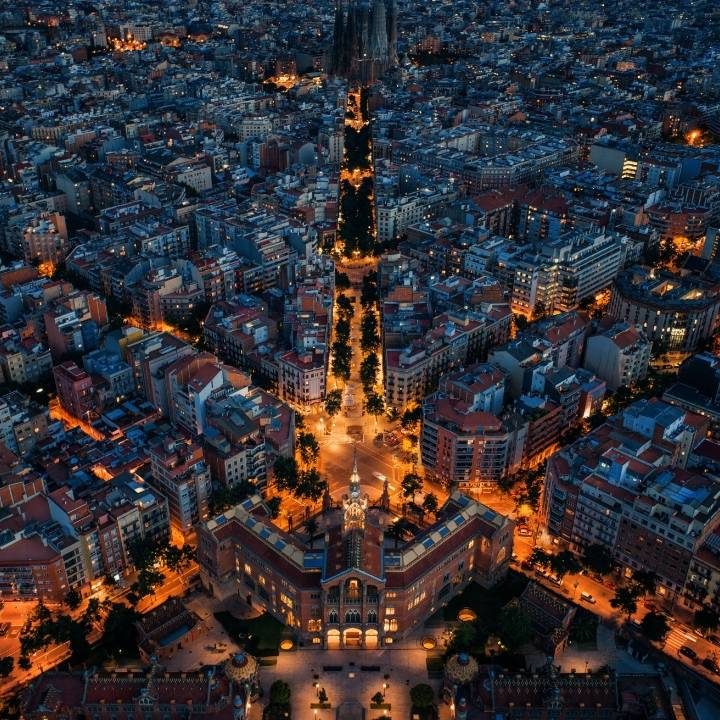
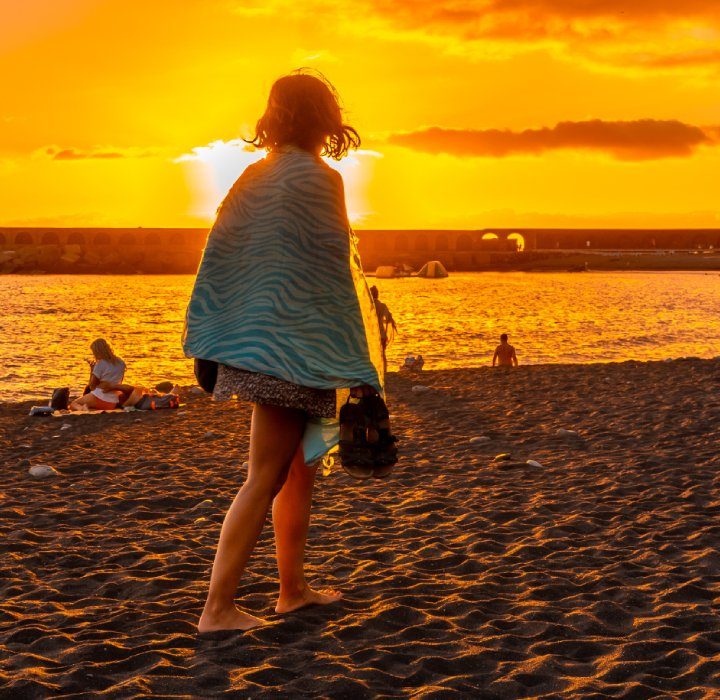

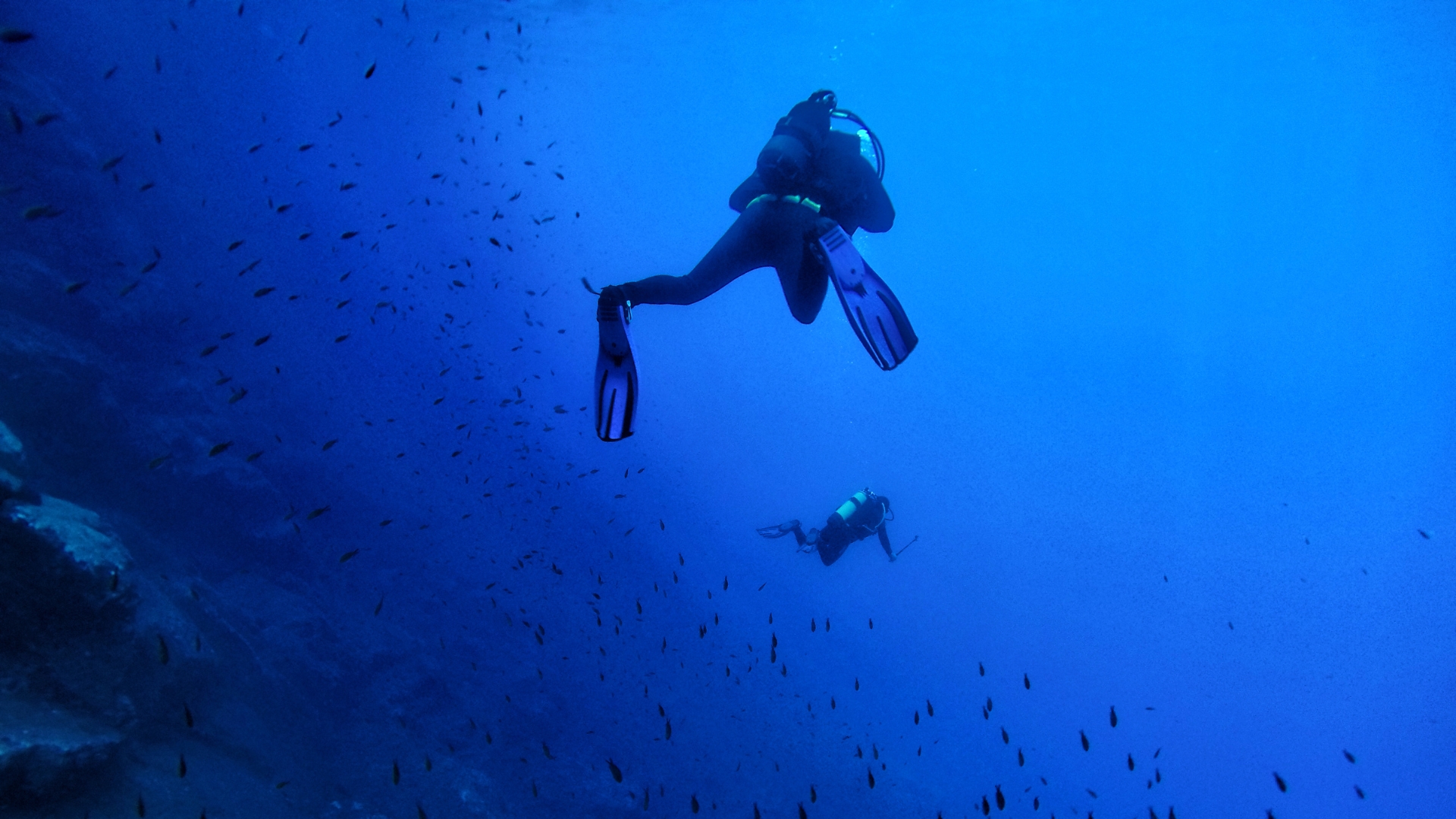
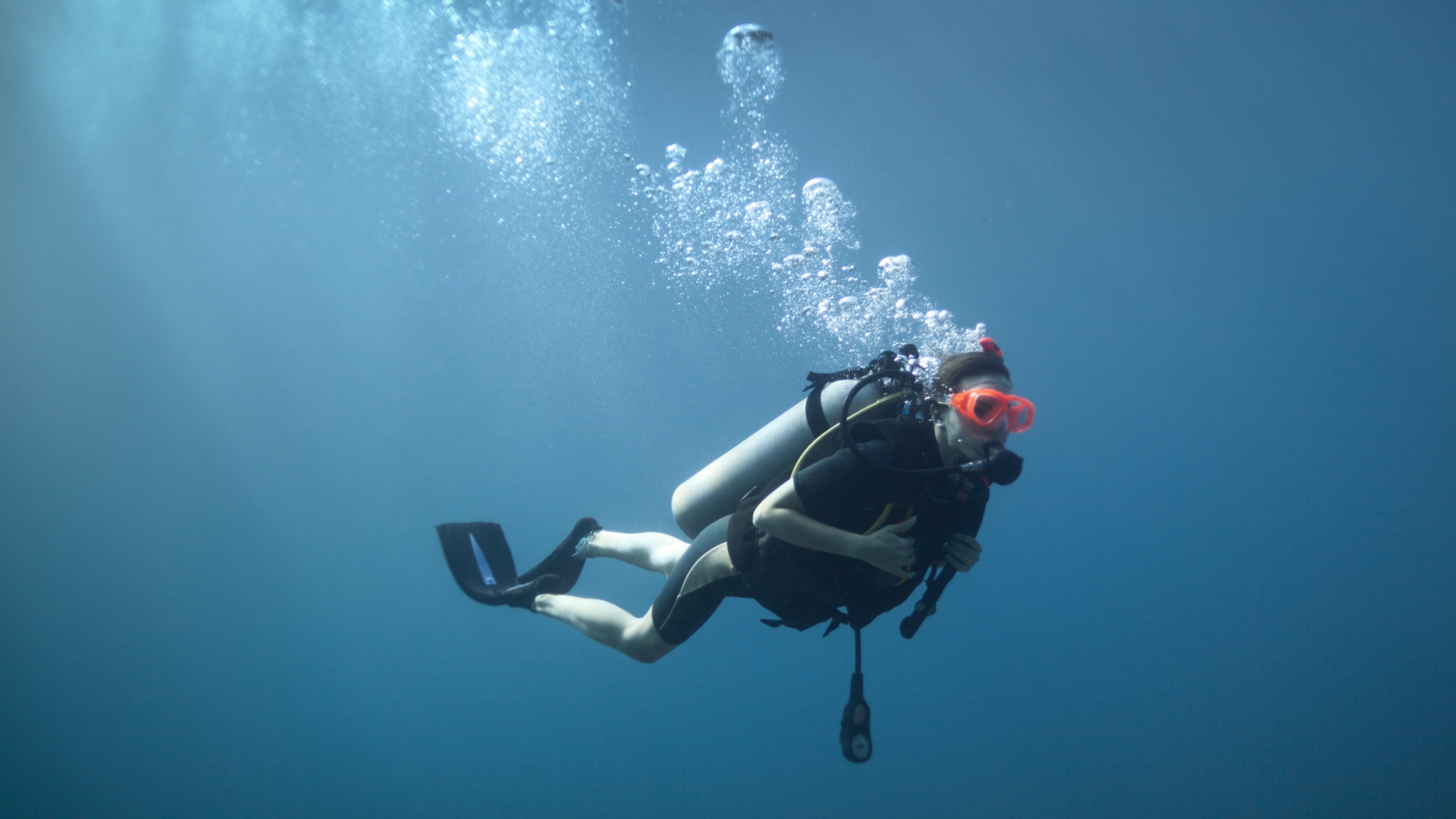
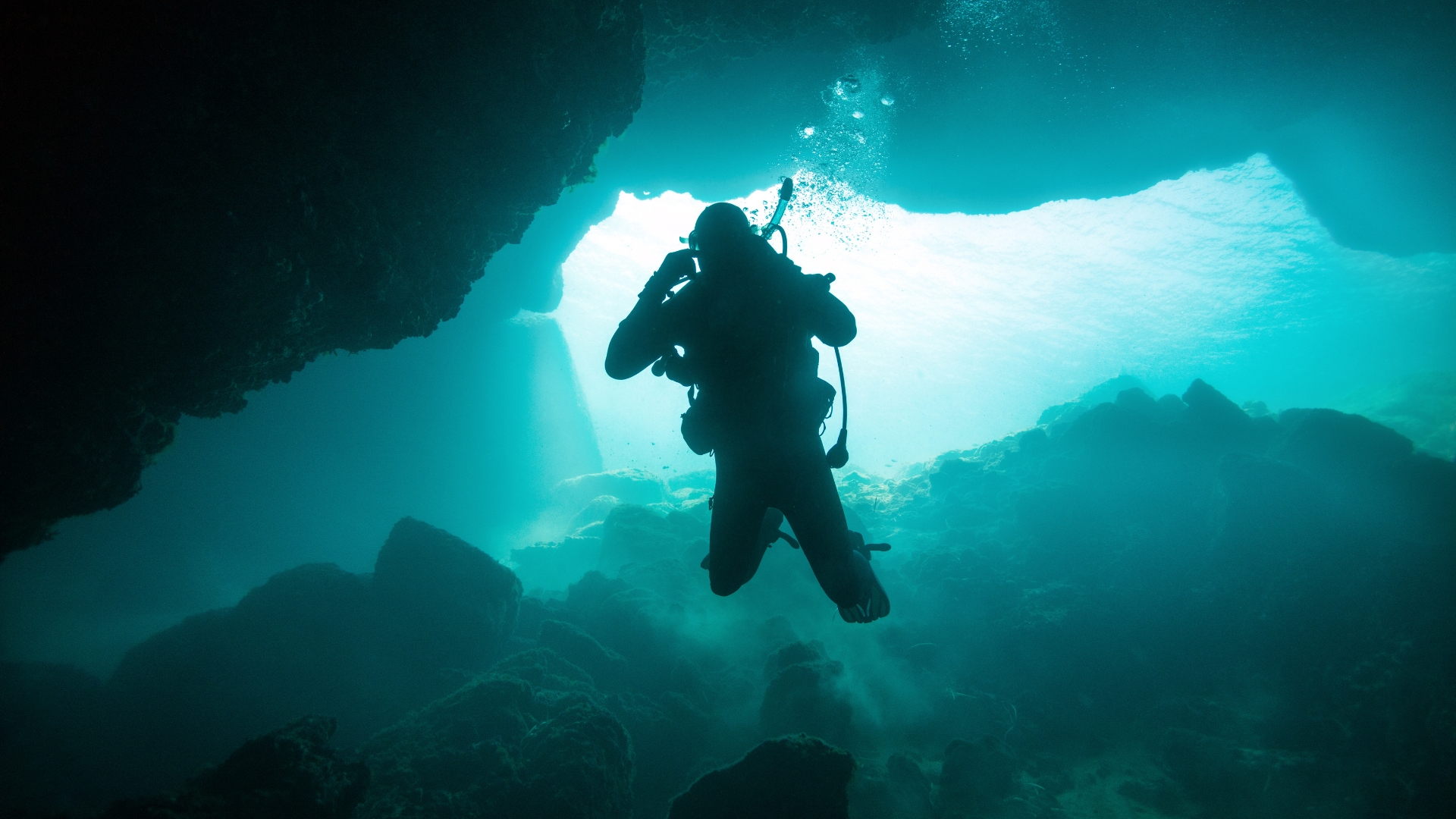
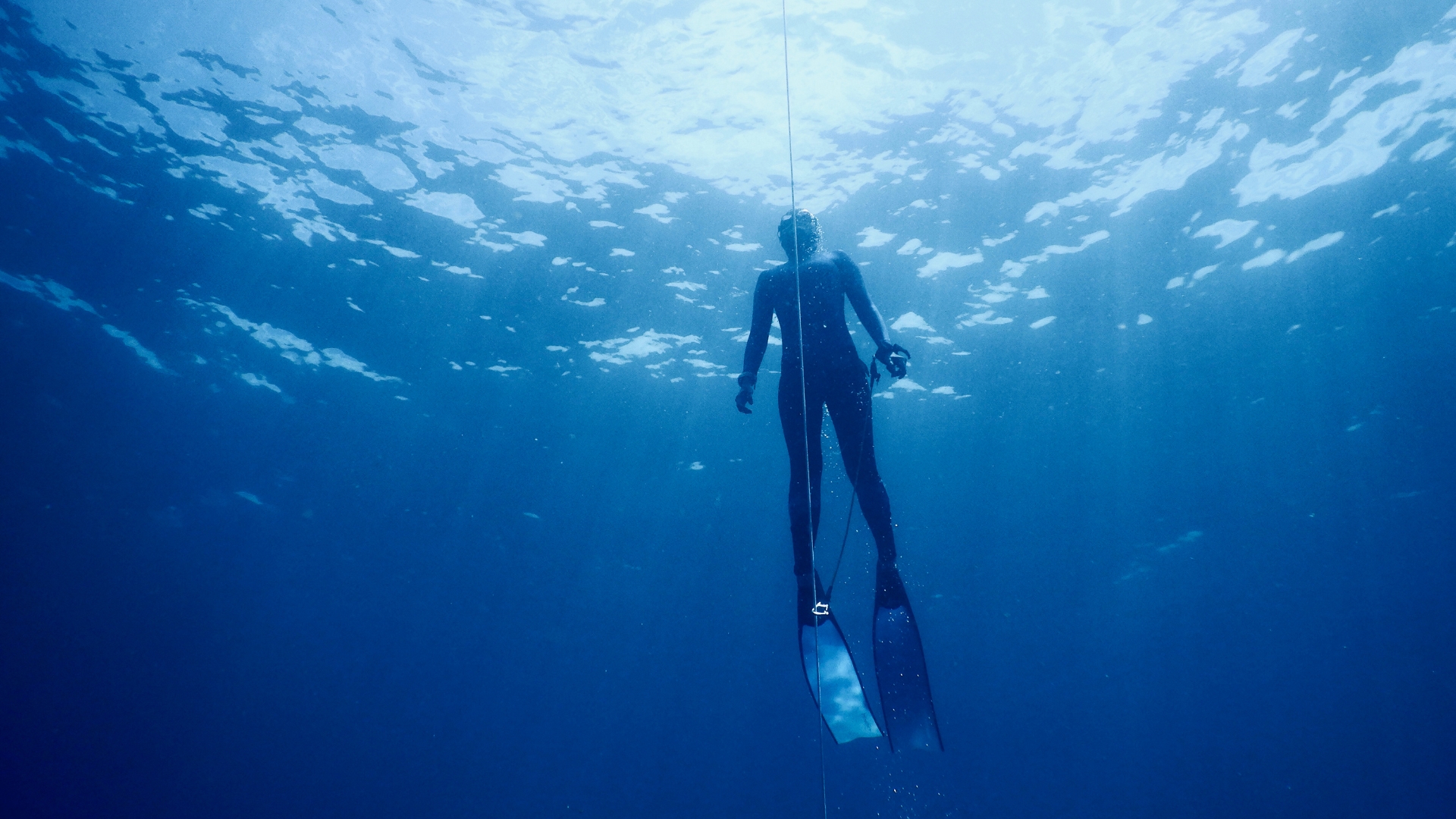

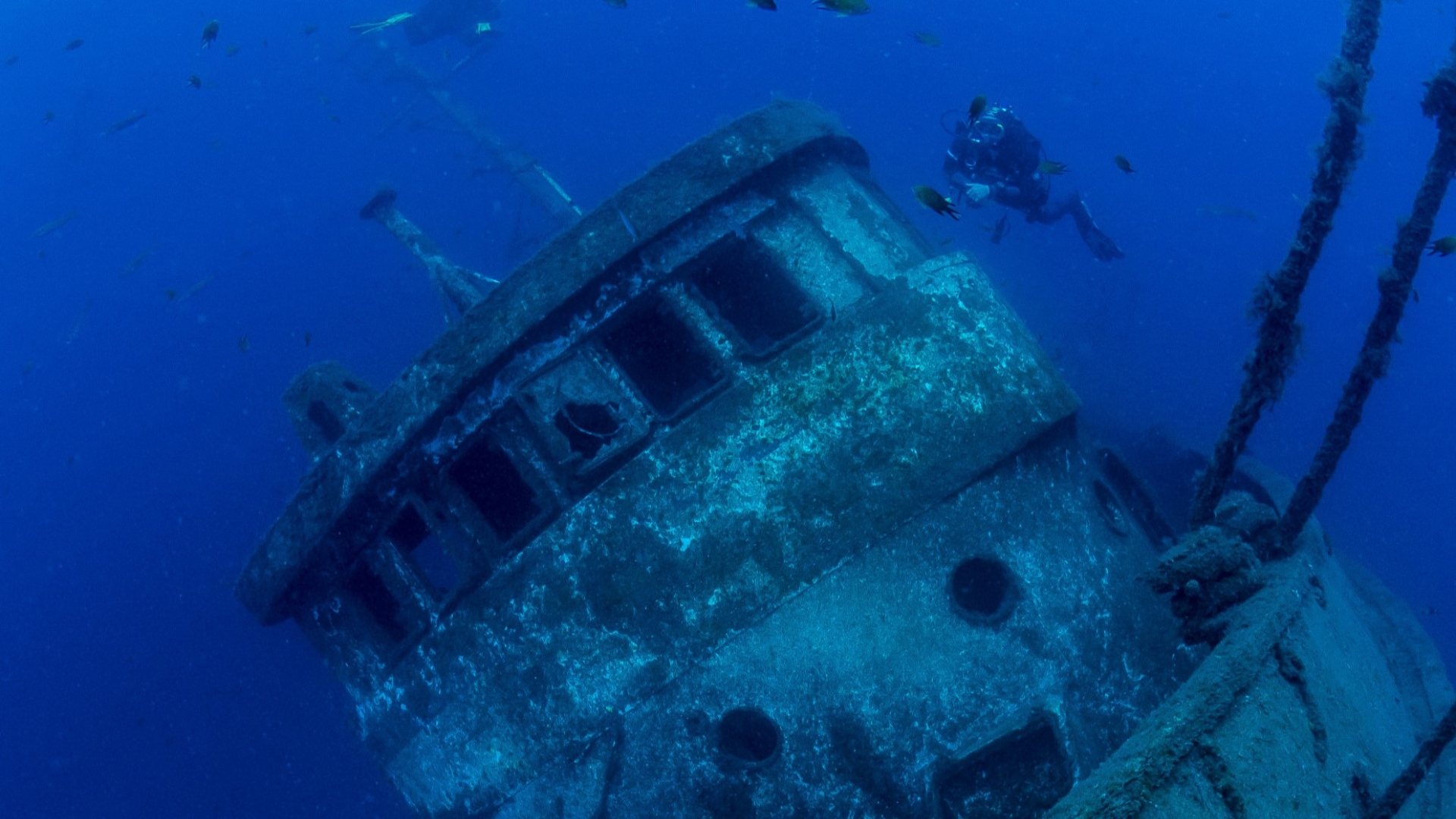




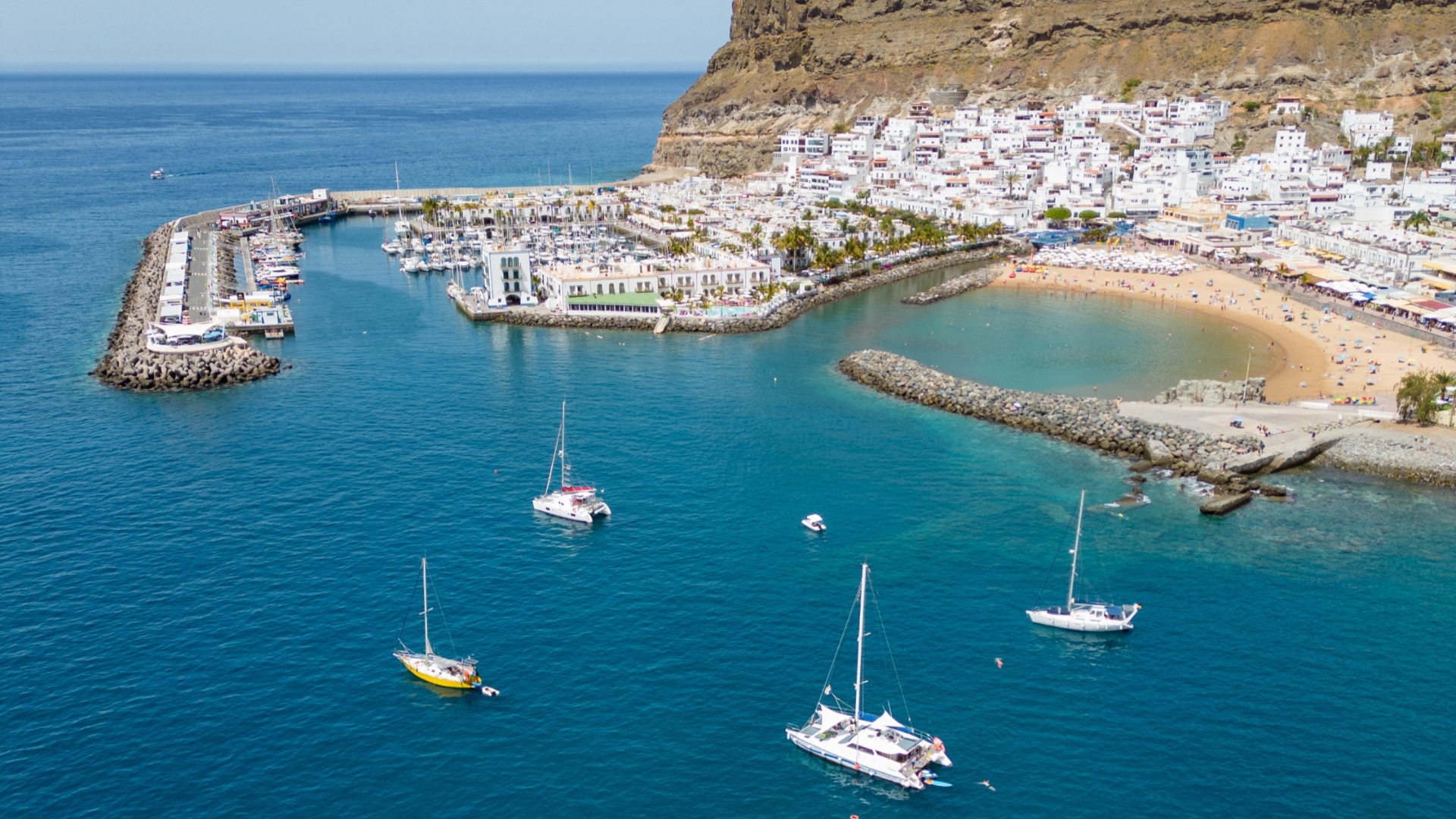
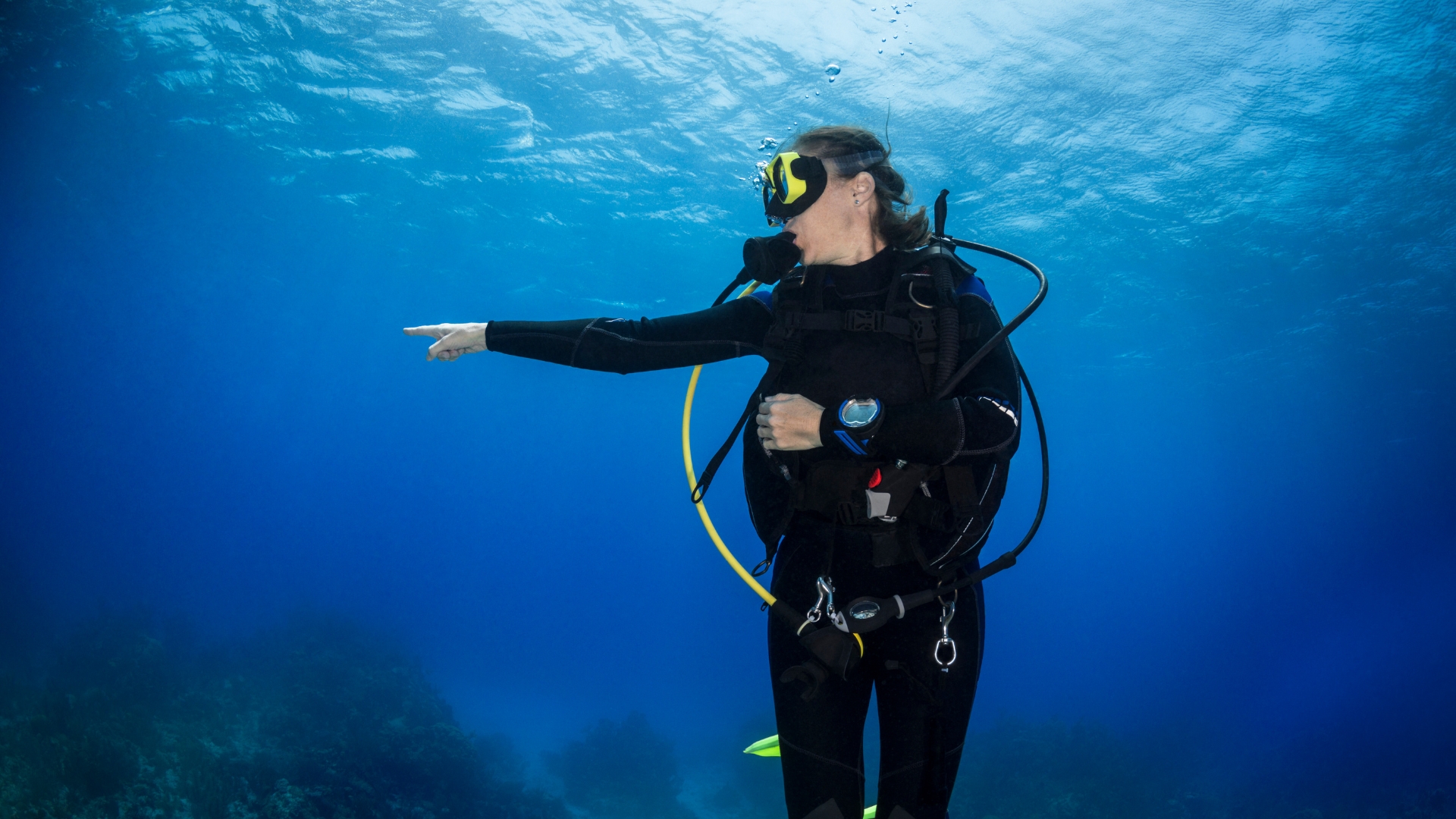

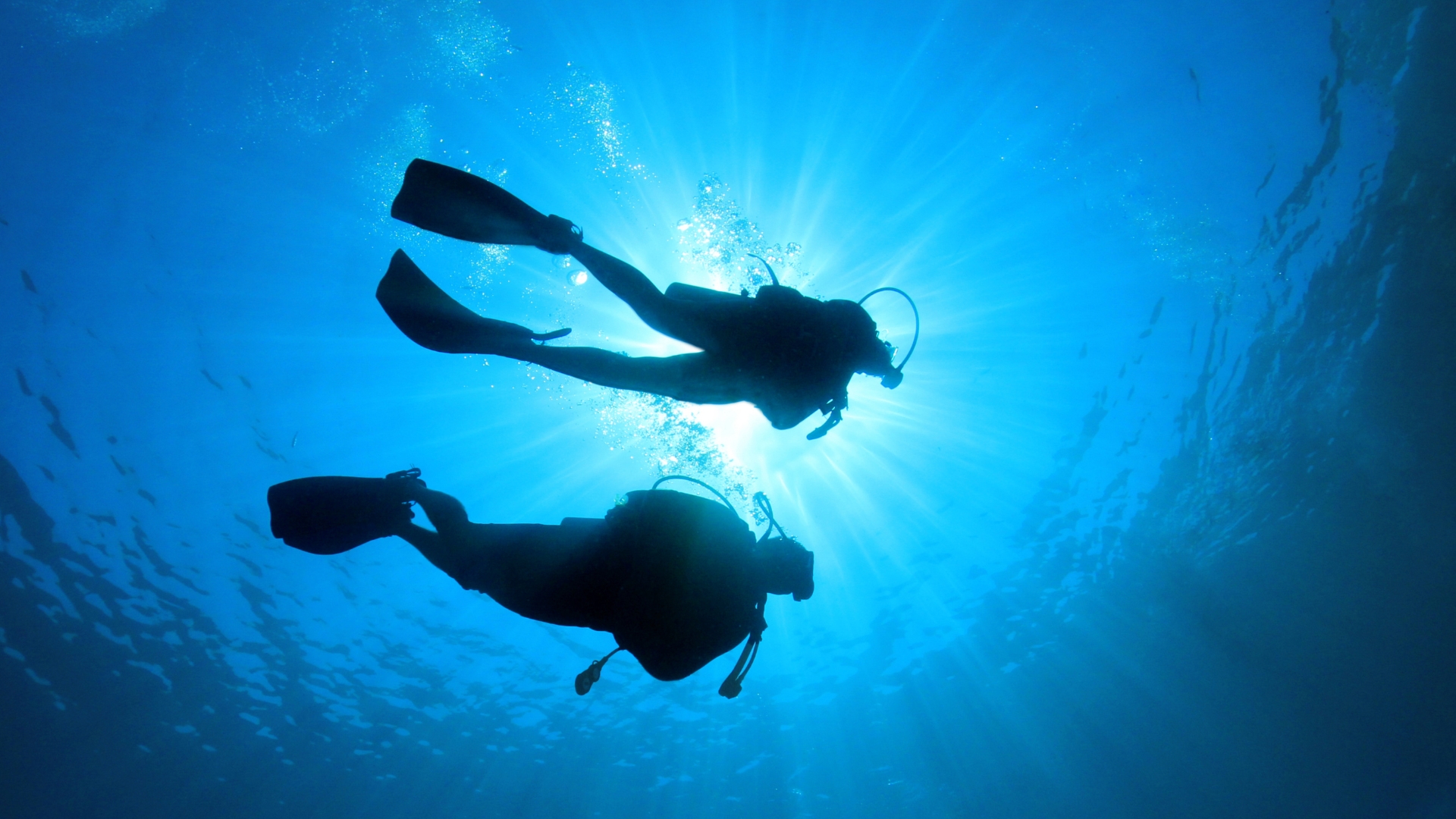
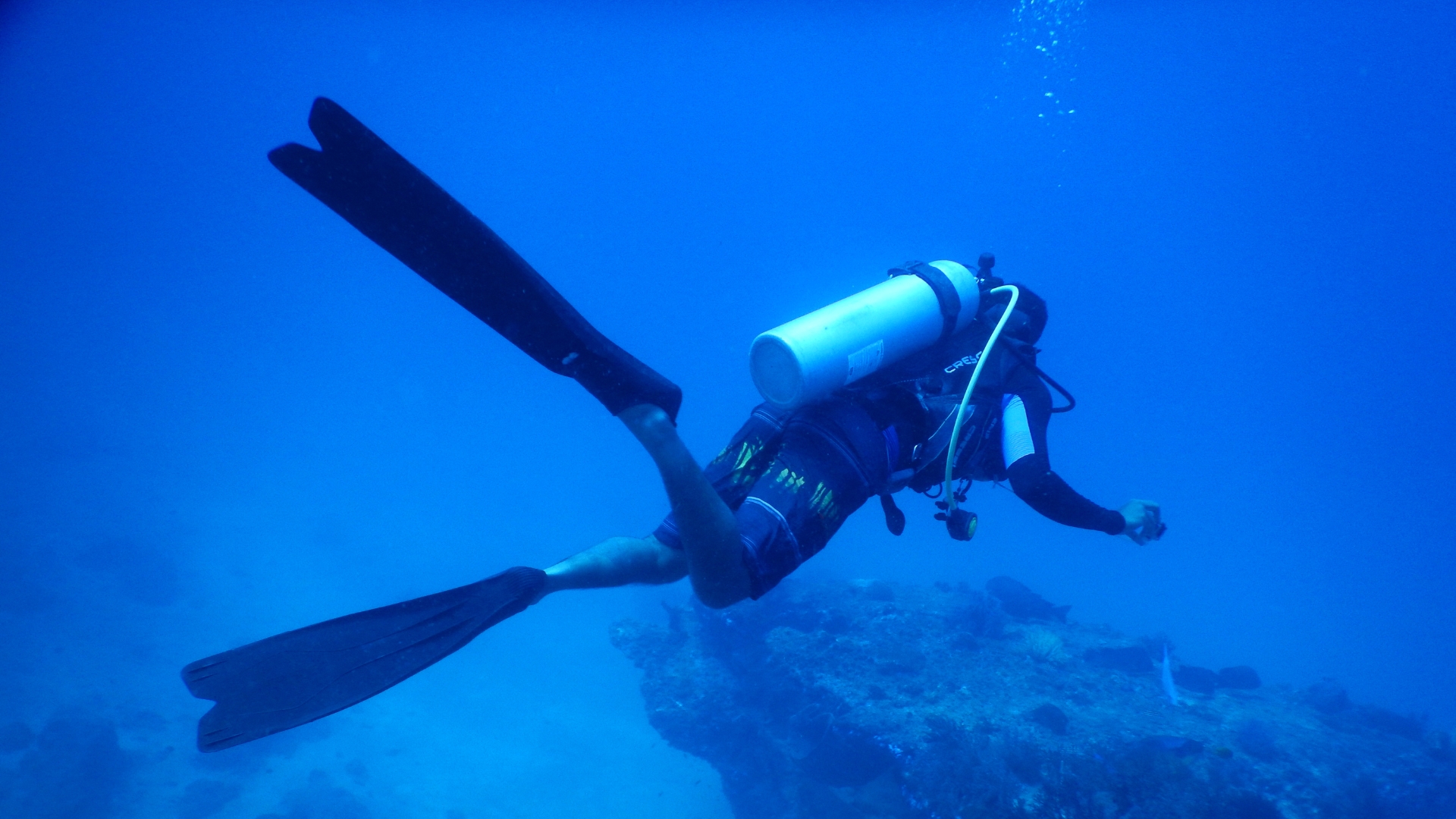
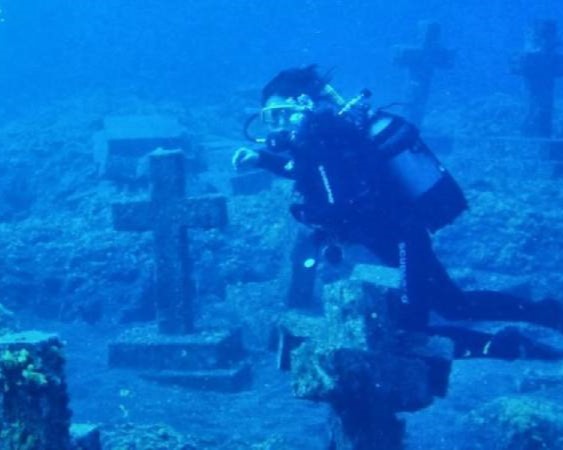







Leave a Comment